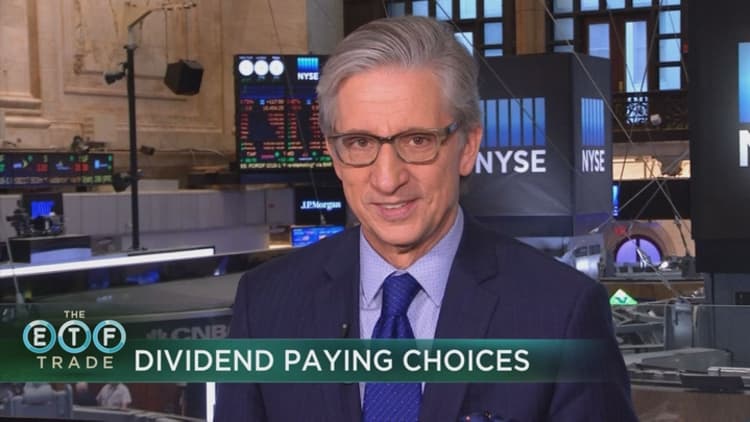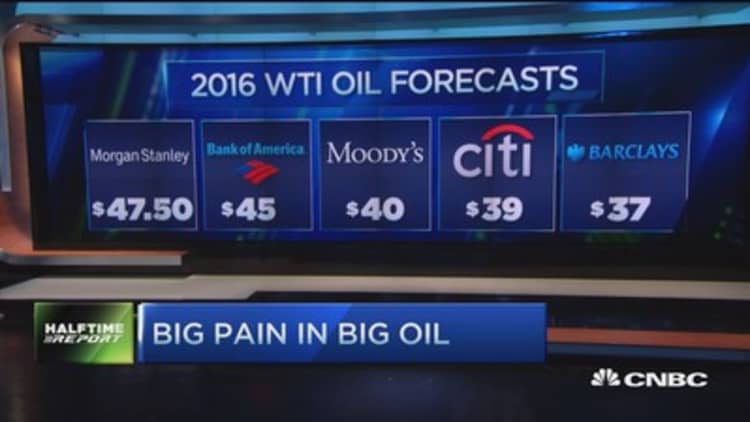
ConocoPhillips' announcement that it was cutting its dividend by two-thirds was a bit of a surprise, since it was the first major oil company to make the cut. It's also got investors investing in dividend paying ETFs scrambling to look at what's under the hood of their investments.
Look at dividend ETFs and you will notice a very wide disparity in terms of the energy exposure:
Dividend ETFs with highest Energy exposure:
- iShares Core High Dividend 20.4%
- 12.6%
- Vanguard High Dividend Yield 10.0%
- iShares Select Dividend 8.7%
- SPDR S&P Dividend ETF 3.1%
- Vanguard Dividend Appreciation 1.3%
This is a good example of the fact that ETFs are not all the same, even if they have the same theme.
What's the difference? There are several ways to look at dividend ETFs. You can:
- go for as much yield as possible
- look for those which are increasing dividends consistently, or
- employ a "smart beta" approach that looks for some combination of dividend and other factors.
In the camp of highest dividend payers would be Vanguard High Dividend Yield ETF.
The problem with "high dividend at any cost" is that sometimes those that are the highest dividend payers could cut their dividend if their businesses slow down, or dramatically drop, as is the case with Energy.
Indeed, the Vanguard High Dividend Yield ETF has several big Energy names, including ExxonMobil, the second biggest holding, Chevron at #12, and ConocoPhillips at #32.

An alternative strategy would be State Street's S&P High Yield Dividend Aristocrats Index, which comprises the 50 highest dividend-yielding constituents of the S&P Composite 1500 Index that have increased dividends every year for at least 25 consecutive years.
Increasing the dividend consistently over time may be a safer strategy than just buying the highest dividend payer.
Here you have companies like healthcare REIT HCP, telecom providers AT&T, utilities like Con Ed and some consumer names like Procter & Gamble.
If you're looking for a "smart beta" approach, there's a relative newcomer, the O'Shares FTSE U.S. Quality Dividend ETF from Kevin O'Leary, that tracks an index that selects and weights large- and midcap U.S. stocks based on three factors: high quality, low volatility, and high dividend yield.
Buying consistent dividend growth has been popular recently. Year to date the Vanguard High Dividend Yield ETF is down 3.6 percent, the SPDR S&P Dividend down only 0.6 percent. The O'Shares FTSE U.S. Quality Dividend is down 1.4 percent.






